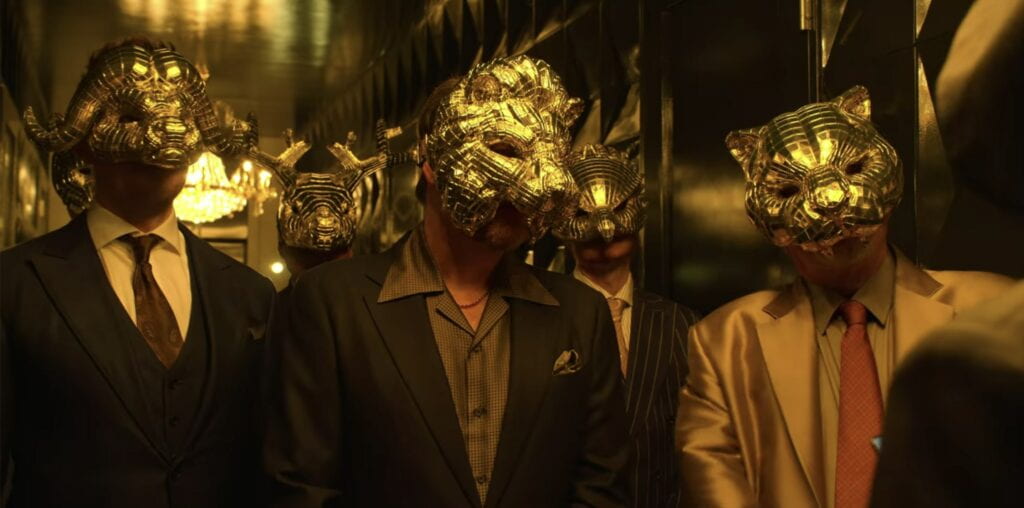
I have always been a huge fan of Broadway musicals. Around two years ago, when I had way too much time on my hands because of the extra-long summer break thanks to the outbreak of Covid-19, I had a period of introspection about my Broadway obsession.
I realized that a lot of my friends around me did not share the same liking for musical theatre in the heart of New York. Why would they anyway? They were high school students in Pakistan, practically a million miles away from Broadway.
So I decided to follow the natural course of action after this mini-crisis: I decided to write a feature about how Broadway made me question my identity. After interrogating my immediate friends, I found one friend who shared my love for Broadway.
In a text conversation, she analyzed for me that our love for it possibly stemmed from a place of internalized colonialism. Her exact words? “Bec we wanted 2 b white when we were kids. And now we overcompensate by immersing ourselves deeply into our culture hoping to cover up mistakes of our past.”
However, I did acknowledge that my love for Broadway goes beyond internalized colonialism and also stems from a place of appreciation for art. After becoming self-aware about the internalized colonialism aspects of it all, I felt at ease and self-aware. Besides, there are powerful, subversive pieces of work within Broadway such as Lin Manuel Miranda’s Hamilton, right?
Right?
Possibly wrong.
Also two years ago, I wrote about the significance of having a cast comprising people of color in the musical, Hamilton, retelling the story of American history and Alexander Hamilton in the context of the Black Lives Matter movement. Even though I tried to be impartial in the article, the fact that I knew every single song from the musical at heart was really showing at several different points.
The creator of the musical cast predominantly people of color in Hamilton because he claimed that the story is the retelling of America then by America now, and he wanted the cast to look like how America looks now.
However, recently, a friend pointed out how Hamilton is slightly strange for casting people of color as slave-owners. I am convinced this statement has triggered a series of introspective questions in my mind again.
Ways of Knowing has taught me to question everything I know especially from standpoints that involve nuances of colonialism and race. This is why I am writing this as a blog post here. This post does not end on a conclusive note but instead ends with a question mark. Perhaps the most difficult thing about instances like this is the lack of an objective, truthful answer. But here’s to learning, growing, and introspection.
Upon digging, here are some links I have found that have been helpful for me in this journey of introspection:
https://www.oprahdaily.com/entertainment/tv-movies/a33216431/hamilton-cancelled-lin-manuel-miranda/
https://www.vox.com/culture/21305967/hamilton-debate-controversy-historical-accuracy-explained
https://thefounder.co.uk/2020/07/16/hamilton-progressive-or-problematic/




